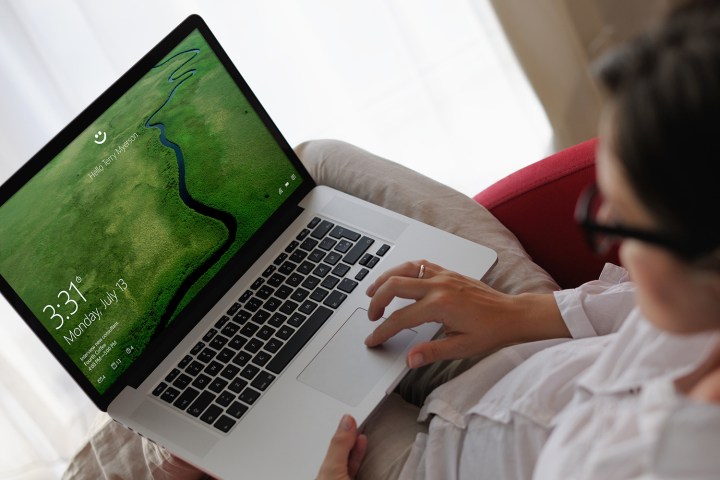
In fact, Windows Hello is approaching a milestone of sorts, with almost 100 unique devices now supporting the protocol as of the 2016 holiday season. Microsoft took a few minutes in a blog post to bring us up to date on all of the different ways you can now use a biometric accessory to log into Windows 10.
The key to the popularity of Windows Hello was Microsoft’s release at Build 2016 of their companion device framework. This set of software tools allows other companies and developers to build devices that can leverage Windows Hello in ways that are only limited by available technology. For example, Microsoft anticipated smartphones with the ability to securely pair via Bluetooth to unlock a PC, and fitness bands could respond to gestures such as clapping to automatically log into a machine.
Microsoft was apparently quite prescient, because those examples and more are exactly what a number of manufacturers are putting together. In fact, over 20 partners are working on Windows Hello accessories, including Fujitsu, HP, Lenovo, and more, and they’re looking into a number of ways to make logging into Windows 10 without a password both easy and in some cases completely automatic.
One specific example is the Nymi Band, which is a wearable Windows Hello companion device that responds to a tap to authenticate a Windows 10 PC. The Nymi Band uses the company’s HeartID technology to ensure that it’s actually you that’s wearing it, based on your own unique electrocardiogram (ECG) signature.
Another example is the YubiKey by Yubico, which connects to your PC’s USB port to automatically and securely unlock your PC. The YubiKey is designed to be both inexpensive and almost indestructible, with two-factor authentication and NFC support that should keep it relevant well into the future.
Microsoft highlights some other technologies as well, such as the RSA SecureID Access Authenticator that runs on a smartphone and uses a PIN or biometric authentication. The HID Global Seos card is an NFC-based companion device supporting tap-to-unlock via Windows Hello. Clearly, with over 100 Windows Hello devices, Microsoft is making some serious headway in creating an industry-standard way to log into your Windows 10 PC without messing around with hard-to-remember passwords.
Editors' Recommendations
- Windows 11 tips and tricks: 8 hidden settings you need to try
- Windows 11 vs. Windows 10: finally time to upgrade?
- 7 beloved Windows apps that Microsoft has killed over the years
- Microsoft plans to charge for Windows 10 updates in the future
- Windows may have a serious security problem on its hands


